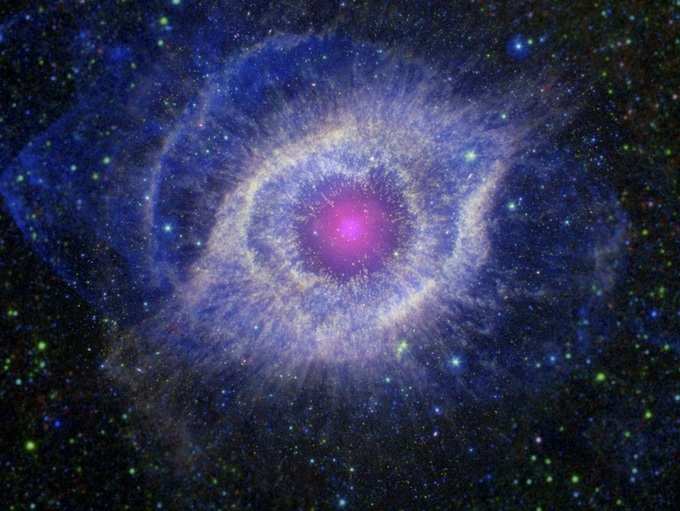
Researchers have used
Supernova explosions were triggered when the fuel within a star reignites. The explosion launches shock waves that sweep through a few light years of space.
Professor Gianluca Gregori of
Gregori, who led the study, said, “In reality, the laws of Physics are the same everywhere and physical processes can be scaled from one to the other in the same way that waves in a bucket are comparable to waves in the ocean. So our experiments can complement observations of events, such as the Cassiopeia A supernova explosion.
“The experiment demonstrated that as the blast of the explosion passes through the grid, it becomes irregular and turbulent just like the images from Cassiopeia,” said Gregori.
The Cassiopeia A supernova explosion was first spotted about 300 years ago in the Cassiopeia constellation 11,000 light years away, its light having taken that long to reach us. The optical images of the explosion show irregular ‘knotty’ features and associated with these are intense radio and
While no one is sure what creates these phenomena, one possibility is that the blast passes through a region of space that is filled with dense clumps or clouds of gas.
Jena Meinecke, an Oxford graduate student who headed the experiment, said, “Our team began by focusing three laser beams onto a carbon rod target, not much thicker than a strand of hair, in a low-density gas-filled chamber.”
The heat generated was more than a few million degree Celsius and caused the rod to explode. The dense gas clumps that surround an exploding star were simulated by introducing a plastic grid to disturb the shock front.
The study was published in the journal